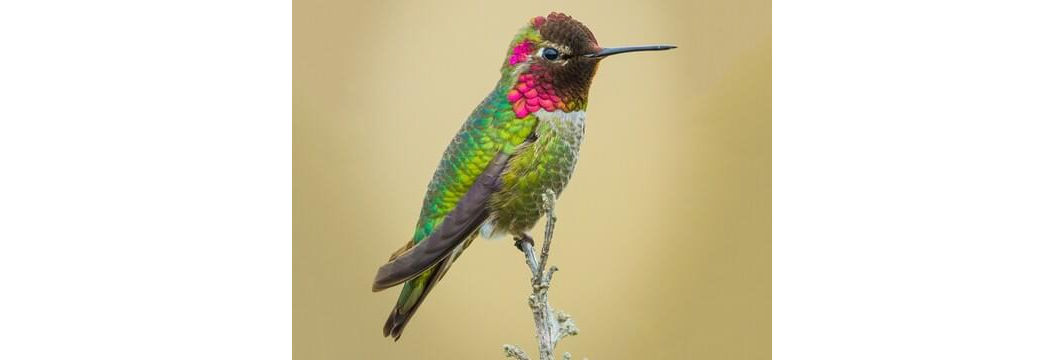Do we need to give the darling hummingbirds a helping hand after the spring, summer flowers begin to wilt and many bugs begin to die off? Some of the birds hang around in the western WA state all year-round such as Anna’s. Yet, there’s not enough flowers and bugs they can survive on; with the amount of energy they have to spend on their locomotion alone, they can die within hours without enough energy intake. So, what’s the solution?

Let’s first look at some trends of hummingbird population and then dive into some guidelines.
Hummer Population in Western WA:
Over the past decade, the hummingbird population in Western Washington has exhibited contrasting trends for different species.
Allen’s, Rufous, and Broad-tailed Hummingbirds have declined since 1970, and this decline has accelerated since 2009.
- Ruby-throated Hummingbirds in Eastern North America have experienced a decline since 2004 across most of their breeding range. This decline goes against their historical growth periods.
- Anna’s Hummingbird populations have increased since 1970 in their range in western North America. One factor is the abundant food sources provided by humans (including feeders and flowers).
Hummer feeding:
Providing nectar for hummingbirds during fall and winter can be beneficial considering the following guidelines:
Fall and Winter Nectar Feeding:
- Hummingbirds rely on nectar as their primary energy source. During colder months, natural nectar sources (such as flowers) become scarce.
- Offering supplemental nectar can help hummingbirds survive when their usual food supply is limited.
- Make your own nectar: Use a 4:1 ratio: Mix four parts water with one part white granulated sugar to create a nectar solution. (Depending on your water, you may want to boil the water to remove impurities and then let it cool before mixing with sugar)
- Avoid artificial coloring, honey or artificial sweeteners.
Feeder Placement and Maintenance:
- Place feeders in sheltered locations to protect them from harsh weather conditions.
- Regularly clean and refill feeders: Mold and bacteria can grow in nectar, so clean feeders thoroughly every few days.
- Monitor the weather: If temperatures drop significantly, consider bringing feeders indoors overnight to prevent freezing.
Consider Local Climate and Species:
- Research the hummingbird species in your area. Some species migrate south during winter, while others remain year-round.
- Adjust feeding practices based on local conditions. In milder climates, hummingbirds visit feeders during winter.
Observe Their Behavior:
- Watch for hummingbirds at your feeders. If they continue to visit during fall and winter, it’s a good sign that they benefit from the nectar.
Of course, natural food sources (such as native plants) are always preferable. Providing nectar should complement, not replace, their natural foraging habits.
Data sources:
Current contrasting population trends among North American hummingbirds: https://cdn1.westernhummingbird.org/wp-content/uploads/2021/10/25123754/English_et_al-2021-Scientific_Reports.pdf
Hummingbirds Of Washington State – Hummingbirds Info: https://hummingbirdsinfo.com/hummingbirds-of-washington-state/
UW Researcher Studies Why Hummingbird Numbers Are Declining: https://www.uwyo.edu/news/2024/02/uw-researcher-studies-why-hummingbird-numbers-are-declining.html
Hummingbird Species Across North America Are Experiencing Significant Population Changes: https://westernhummingbird.org/hummingbird-species-across-north-america-are-experiencing-significant-population-changes/